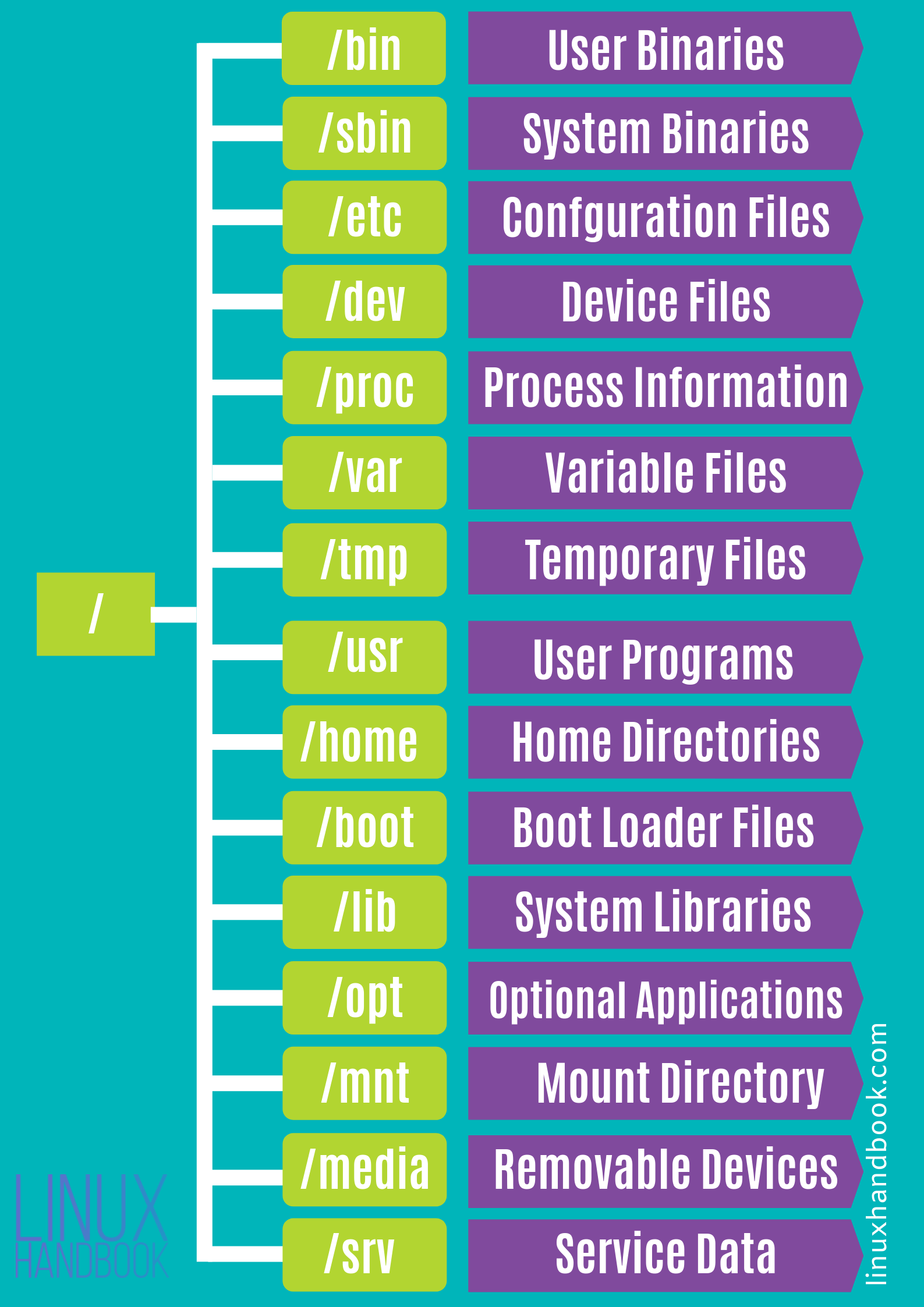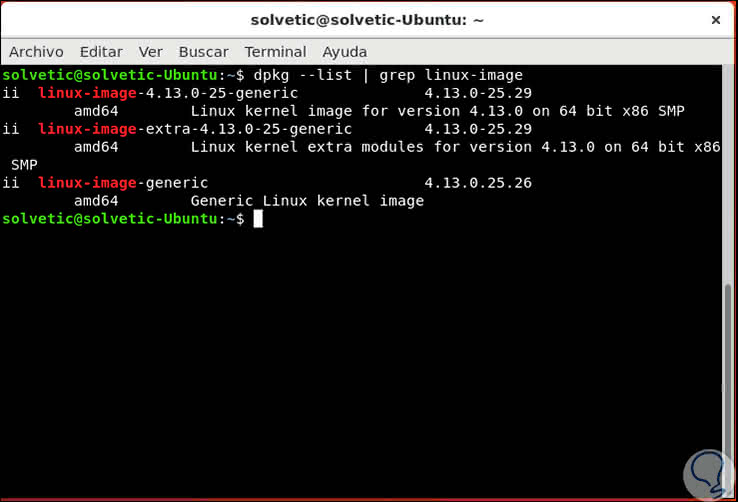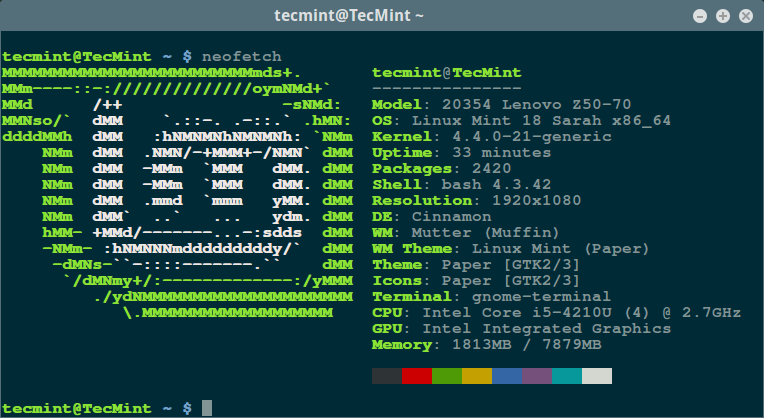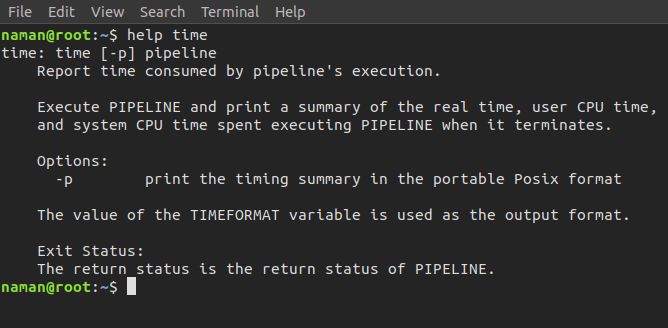
#Linux get file details full
Protects a file against any access from other users, while the issuing user still has full access.įor files that should be readable and executable by others, but only changeable by the issuing user.Įverybody can do everything to this file. Users belonging to your group can change this file, others don't have any access to it at all. To protect yourself from accidentally removing, renaming or moving files from this directory.Ī private file only changeable by the user who entered this command.Ī publicly readable file that can only be changed by the issuing user. To protect a file against accidental overwriting. The following table lists the most common combinations: Thus we get a 3-digit number, which is the symbolic value for the settings chmod has to make. When using chmod with numeric arguments, the values for each granted access right have to be counted together per group.

Also, comments like, "It worked yesterday," and "When I run this as root it works," are most likely caused by the wrong file permissions. The kind of problem resulting in an error message saying that permission is denied somewhere is usually a problem with access rights in most cases. Here's another one, which makes the file from the previous example a private file to user asim: asim:~> chmod u+rwx,go-rwx hello asim:~> ls -l hello The Info and man pages contain useful examples. Combinations separated by commas are allowed. The + and - operators are used to grant or deny a given right to a given group. rwxrw-r- 1 asim asim 32 Jan 15 16:29 hello* hello: bad interpreter: Permission denied The example below uses alphanumeric options in order to solve a problem that commonly occurs with new users: asim:~>. The chmod command can be used with alphanumeric or numeric options, whatever you like best. We use the chmod command to do this, and eventually to chmod has become an almost acceptable English verb, meaning the changing of the access mode of a file. See the tables below.Ī normal consequence of applying strict file permissions, and sometimes a nuisance, is that access rights will need to be changed for all kinds of reasons. The Info pages explain how the ls command handles display of access rights in detail, see the section What information is listed.įor easy use with commands, both access rights or modes and user groups have a code. The second example is an executable file, the difference: everybody can run this program, but you need to be root to change it. All other users are only allowed to read this file, but they can't write or execute it (fourth and fifth dash). Users with user name marise or users belonging to the group users can read and write (change/move/delete) the file, but they can't execute it (second and third dash).

The first file is a regular file (first dash). rw-rw-r- 1 marise users 5 Jan 15 12:39 To_Do The permissions are always in the same order: read, write, execute for the user, the group and the others.

The next three are for the group owner of the file, the last three for other users.
#Linux get file details series
As seen in the examples below, the first three characters in this series of nine display access rights for the actual user that owns the file. This command also displays file permissions for these three user categories they are indicated by the nine characters that follow the first character, which is the file type indicator at the beginning of the file properties line. We already used the long option to list files using the ls -l command, though for other reasons.

For each category of users, read, write and execute permissions can be granted or denied. There is also a third category of users, those that are not the user owner and don't belong to the group owning the file. On a Linux system, every file is owned by a user and a group user. The Linux security model is based on the one used on UNIX systems, and is as rigid as the UNIX security model (and sometimes even more), which is already quite robust. Access rights: Linux's first line of defense


 0 kommentar(er)
0 kommentar(er)
